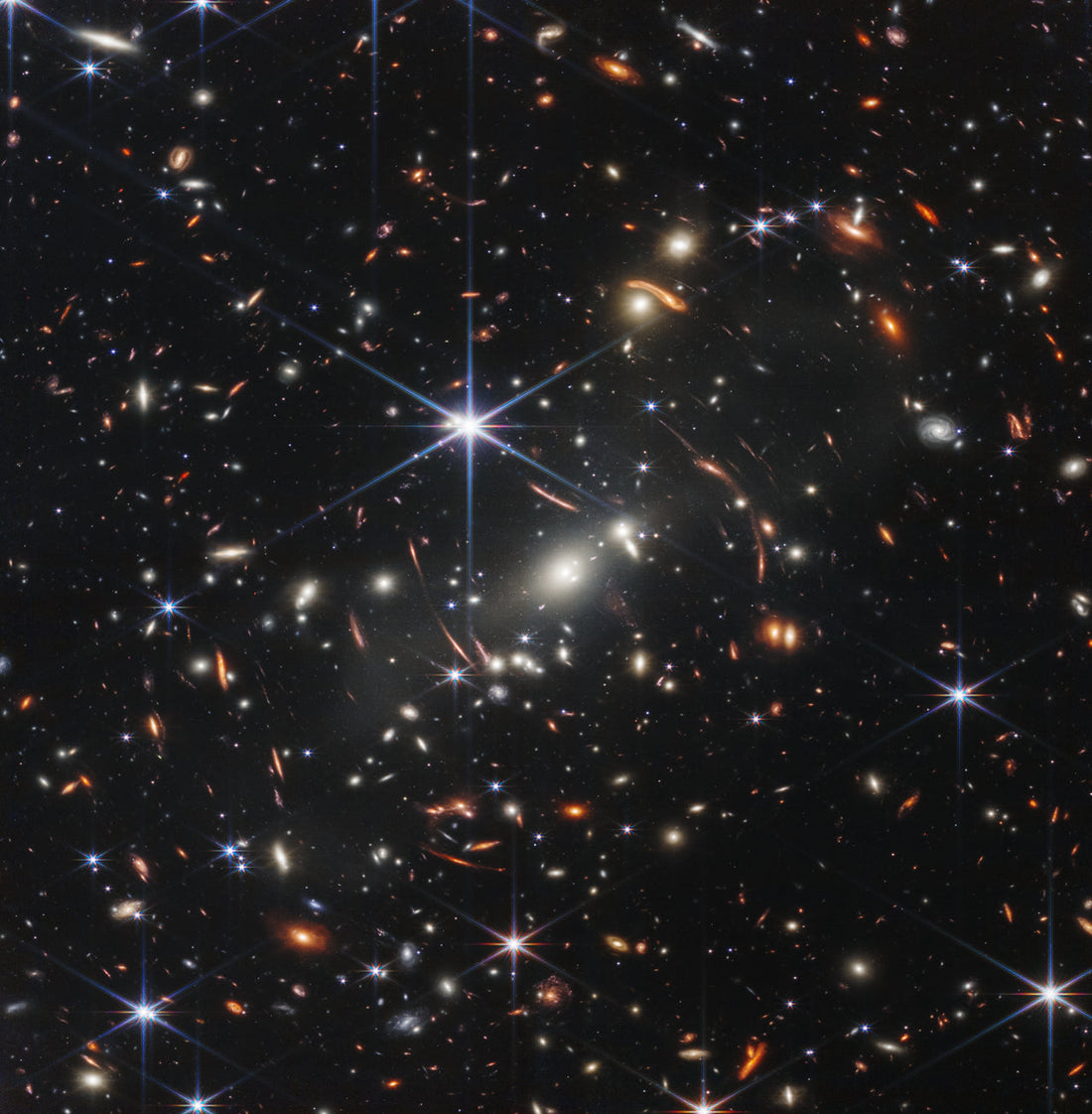
The Evidence for Cosmic Seed Theory
The Evidence for Cosmic Seed Theory
Six Observations That Are Reshaping Cosmology
The Big Bang theory has long dominated our understanding of the universe. But as new data pours in—from the James Webb Space Telescope, CMB measurements, and deep-sky surveys—cracks in the standard model are becoming impossible to ignore.
Enter Cosmic Seed Theory (CST) — a new framework built not on speculation, but on what we actually observe.
Rather than a one-time cosmic explosion from nothing, CST proposes that galactic Big Bangs are happening locally, driven by supermassive black holes reaching a critical threshold. These expansion events give rise to the galaxies we see today.
Here are the six strongest lines of evidence pointing toward CST—and away from the standard model:
1. Localized Galactic Expansion Events
In CST, galaxies are not born from debris left over after a singular Big Bang. Instead, each one begins with its own expansion event — a galactic Big Bang — triggered when a black hole at its core (a Cosmic Seed) reaches maximum density and pressure.
This explains why galaxies appear distributed, self-contained, and varied in age and structure.
Why It Matters:
Galactic Big Bangs naturally explain the universe as an evolving system, not a one-time miracle. They remove the need for fine-tuned early conditions, replacing them with a repeatable, physical process we can observe in radio lobes, ring structures, and jets.
2. The Axis of Evil in the CMB
The Cosmic Microwave Background (CMB) is often cited as the strongest evidence for a singular Big Bang. But it contains a glaring anomaly: a large-scale alignment—dubbed the “Axis of Evil”—that matches the plane of our solar system.
That should be impossible if the CMB is truly universal and random.
CST Explanation:
The CMB is not a snapshot of the entire universe’s birth—it's the residual echo of our own local expansion event. The alignment makes sense if we’re seeing a local imprint, not a universal relic.
Why It Matters:
What was once an unexplainable flaw in the Big Bang model becomes a natural expectation under CST.
3. Galaxy Formation Structures
Galaxies like Hoag’s Object, polar ring galaxies, and massive radio ring systems look eerily like expanding shockwaves—not chaotic mergers.
Standard cosmology struggles to explain these formations without implausibly precise scenarios.
CST Explanation:
These galaxies are the fossils of galactic Big Bangs. As space itself expands outward from a Cosmic Seed, it creates concentric rings, shells, and polar bands of material.
Why It Matters:
These structures don’t just fit CST—they depend on it. They’re physical signatures of localized expansion, hiding in plain sight.
4. Sagittarius A* Spin Alignment
The supermassive black hole at the center of the Milky Way, Sagittarius A*, is spinning in tight alignment with the younger stars of the galaxy’s thin disk.
Under the standard model, this should be random. But it’s not.
CST Explanation:
A galactic Big Bang would eject material along the black hole’s spin plane, forming stars that inherit its momentum. That’s exactly what we see.
Why It Matters:
This precise alignment supports CST’s claim that galaxies grow from the inside out, not by random accumulation.
5. Bulk Flows and Early Galaxy Maturity
Galaxies are moving in large coherent streams, called bulk flows, across vast regions of space. Meanwhile, JWST has uncovered fully mature galaxies existing just a few hundred million years after the supposed Big Bang.
Standard cosmology doesn’t expect either.
CST Explanation:
Galaxies formed independently and at different times. What we’re seeing are older expansion zones whose light is just now reaching us.
Why It Matters:
CST removes the need for speculative early-universe inflation and solves the puzzle of early structure without rewriting physics.
6. The CMB Explained—Without Inflation
To explain the CMB’s uniformity, the Big Bang model invokes a brief, untestable period of superluminal inflation. This inflationary epoch solves the problem—but at the cost of introducing new, hypothetical physics.
CST Explanation:
CST needs no inflation. The apparent smoothness of the CMB is the result of localized galactic expansion fields that overlap and blend. Anisotropies and alignments are expected, not troubling.
Why It Matters:
CST simplifies the interpretation of one of cosmology’s most important datasets—no invisible fields required.
A Model Built on What We Can See
Cosmic Seed Theory doesn’t ask you to believe in magic particles or speculative epochs. It simply follows the evidence.
From spinning black holes and ring-shaped galaxies to the strangely aligned CMB and fully-formed early structures, the cosmos is telling us a different story than the one we've been taught.
It’s not a story of a single birth—but of countless rebirths.
Want more? Explore the full Evidence for CST or dive into how a Galactic Big Bang actually unfolds.
